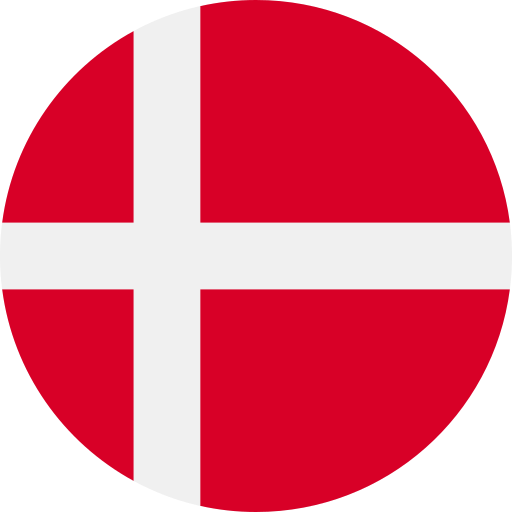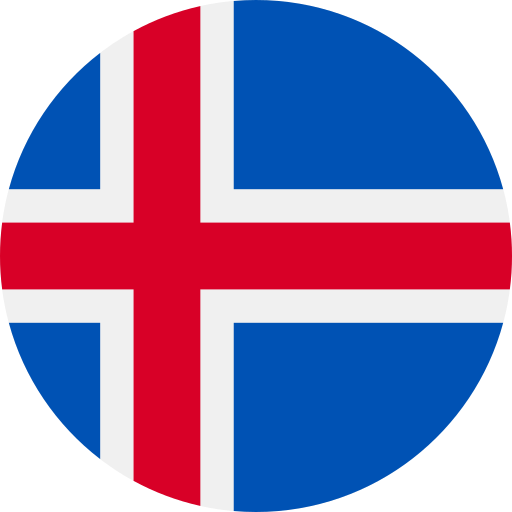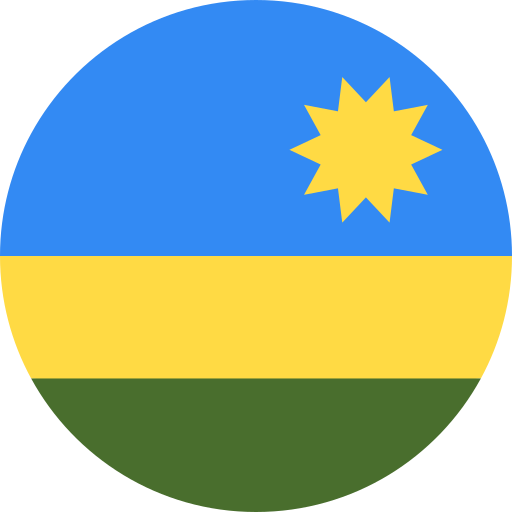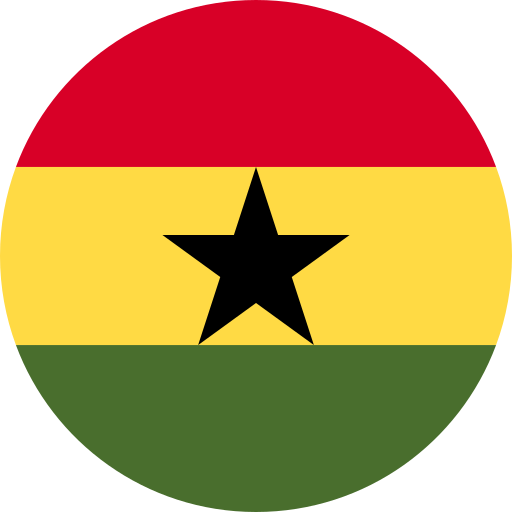This table provides metadata for the actual indicator available from Faroe Islands statistics closest to the corresponding global SDG indicator. Please note that even when the global SDG indicator is fully available from Faroese statistics, this table should be consulted for information on national methodology and other Faroese-specific metadata information.
 See how this indicator is developing in other countries
See how this indicator is developing in other countries
This table provides information on metadata for SDG indicators as defined by the UN Statistical Commission. Complete global metadata is provided by the UN Statistics Division.
| Indicator |
Indicator 6.5.2: Proportion of transboundary basin area with an operational arrangement for water cooperation |
|---|---|
| Target |
Target 6.5: By 2030, implement integrated water resources management at all levels, including through transboundary cooperation as appropriate |
| Metadata update |
2024-07-29 |
| International organisations(s) responsible for global monitoring |
Intergovernmental Hydrological Programme of United Nations Educational, Scientific and Cultural Organization (UNESCO-IHP) United Nations Economic Commission for Europe (UNECE) |
| Related indicators |
SDG indicator 6.5.2 provides a complement to SDG indicator 6.5.1 which measures the advancement of Integrated Water Resources Management (IWRM) at all levels. In addition, as the only indicator in the 2030 Agenda for Sustainable Development explicitly referring to transboundary cooperation, indicator 6.5.2 can play a catalytic role across multiple SDGs and targets including: SDG 1 – No Poverty - Indicator 1.1.1 Proportion of population below the international poverty line, by sex, age, employment status and geographical location (urban/rural) - Indicator 1.4.1 Proportion of population living in households with access to basic services SDG 2 – Zero Hunger - Indicator 2.4.1 Proportion of agricultural area under productive and sustainable agriculture SDG 3 – Good Health and Well-being - Indicator 3.9.2 Mortality rate attributed to unsafe water, unsafe sanitation and lack of hygiene (exposure to unsafe Water, Sanitation and Hygiene for All (WASH) services) SDG 4 – Quality Education - Indicator 4.7.1 Extent to which (i) global citizenship education and (ii) education for sustainable development, including gender equality and human rights, are mainstreamed at all levels in: (a) national education policies, (b) curricula, (c) teacher education and (d) student assessment SDG 5 – Gender Equality - Indicator 5.5.2 Proportion of women in managerial positions SDG 7 – Affordable and Clean Energy - Indicator 7.1.2 Proportion of population with primary reliance on clean fuels and technology - Indicator 7.2.1 Renewable energy share in the total final energy consumption SDG 11 – Sustainable Cities and Communities - Indicator 11.5.2 Direct disaster economic loss in relation to global GDP, including disaster damage to critical infrastructure and disruption of basic services SDG 13 – Climate Action - Indicator 13.3.2 Number of countries that have communicated the strengthening of institutional, systemic and individual capacity-building to implement adaptation, mitigation and technology transfer, and development actions SDG 14 – Life below Water - Indicator 14.1.1 Index of coastal eutrophication and floating plastic debris density - Indicator 14.2.1 Proportion of national exclusive zones managed using ecosystem-based approaches SDG 15 – Life on Land - Indicator 15.1.2 Proportion of important sites for terrestrial and freshwater biodiversity that are covered by protected areas, by ecosystem type - Indicator 15.2.1 Progress towards sustainable forest management SDG 16 – Peace, Justice and Strong Institutions - Indicator 16.1.2 Conflict-related deaths per 100,000 population, by sex, age and cause - Indicator 16.7.2 Proportion of population who believe decision-making is inclusive and responsive, by sex, age, disability and population group SDG 17 – Partnerships for the Goals - Indicator 17.9.1 Dollar value of financial and technical assistance (including through North-South, South-South and triangular cooperation) committed to developing countries - Indicator 17.14.1 Number of countries with mechanisms in place to enhance policy coherence of sustainable development |
| Link to UN metadata | Metadata on this indicator opens in a new window |










